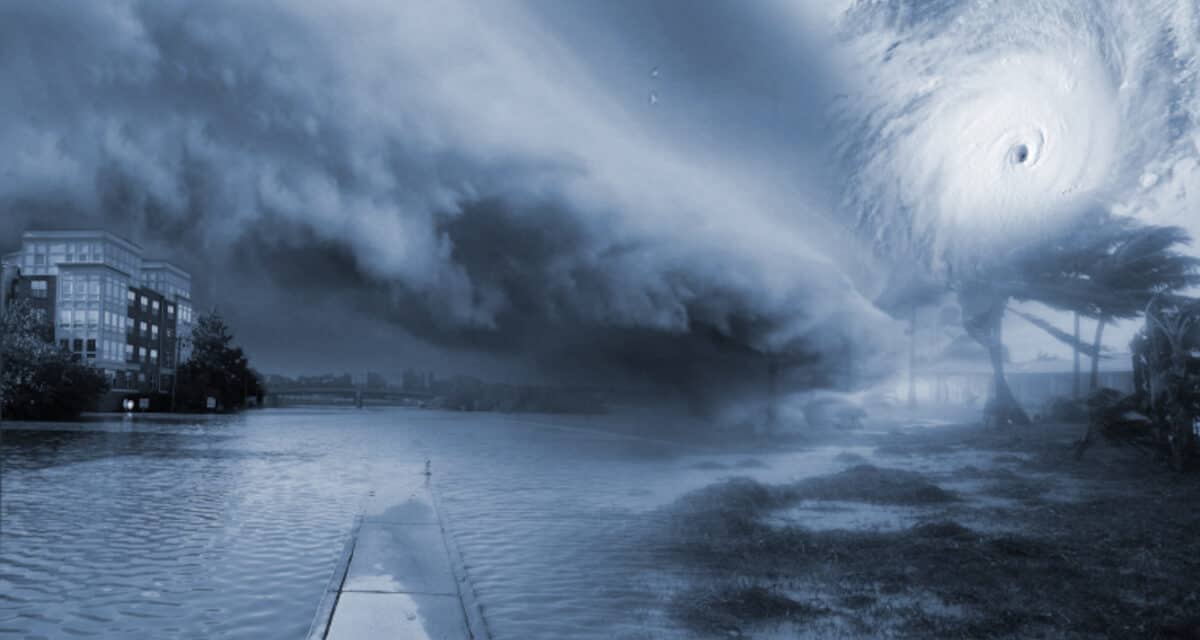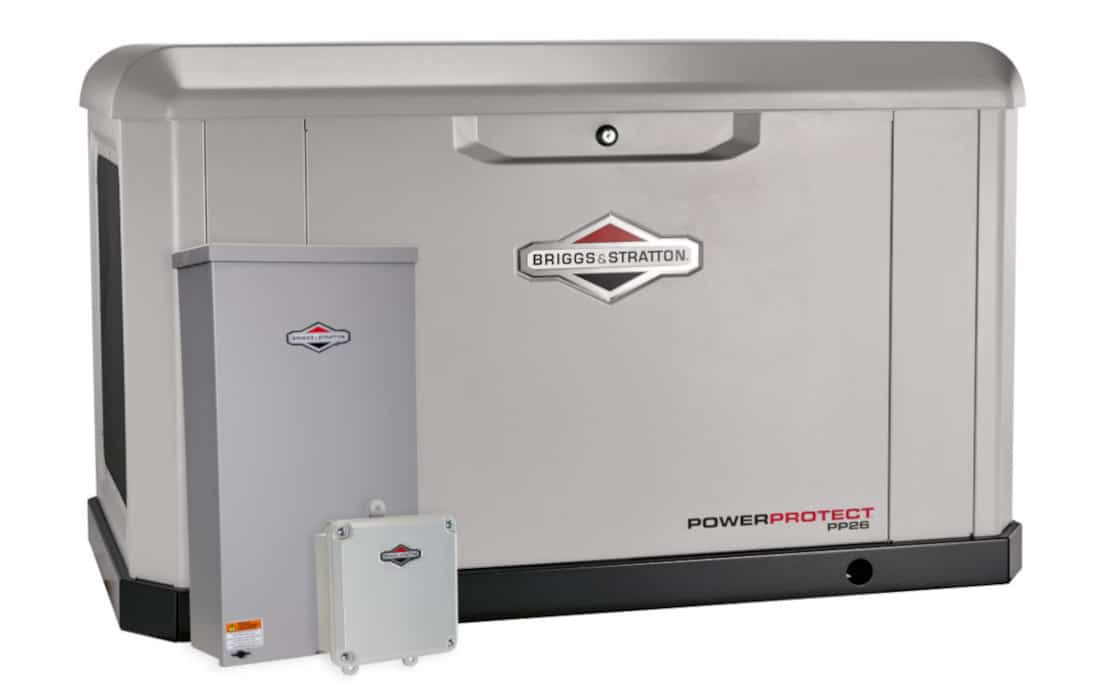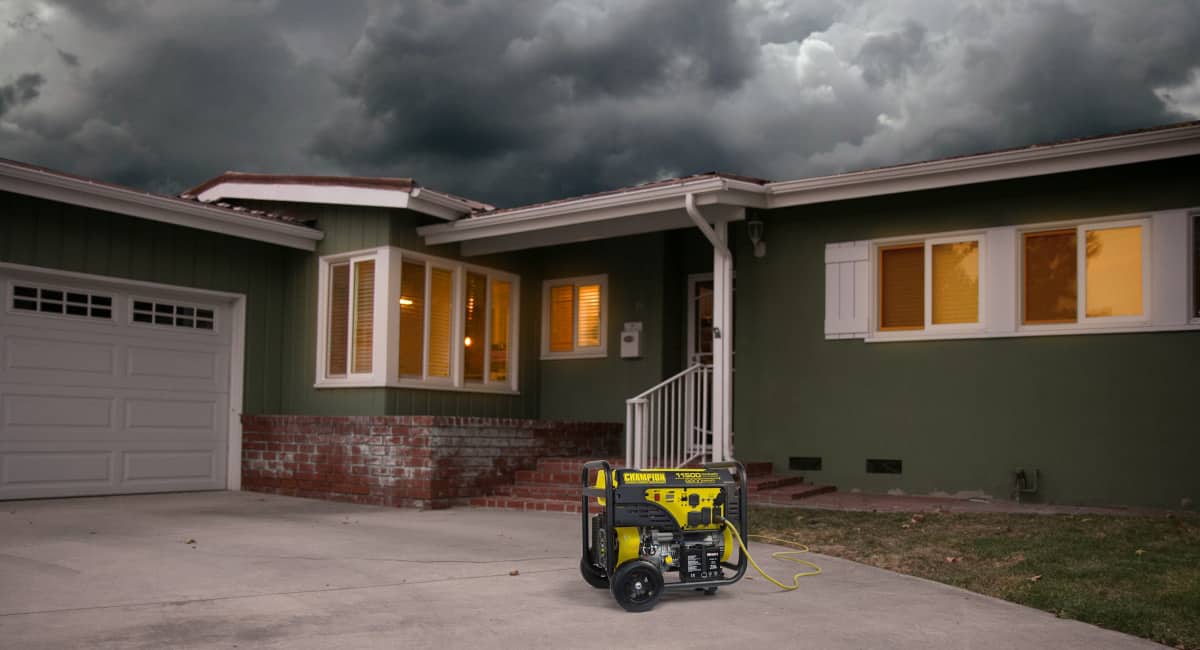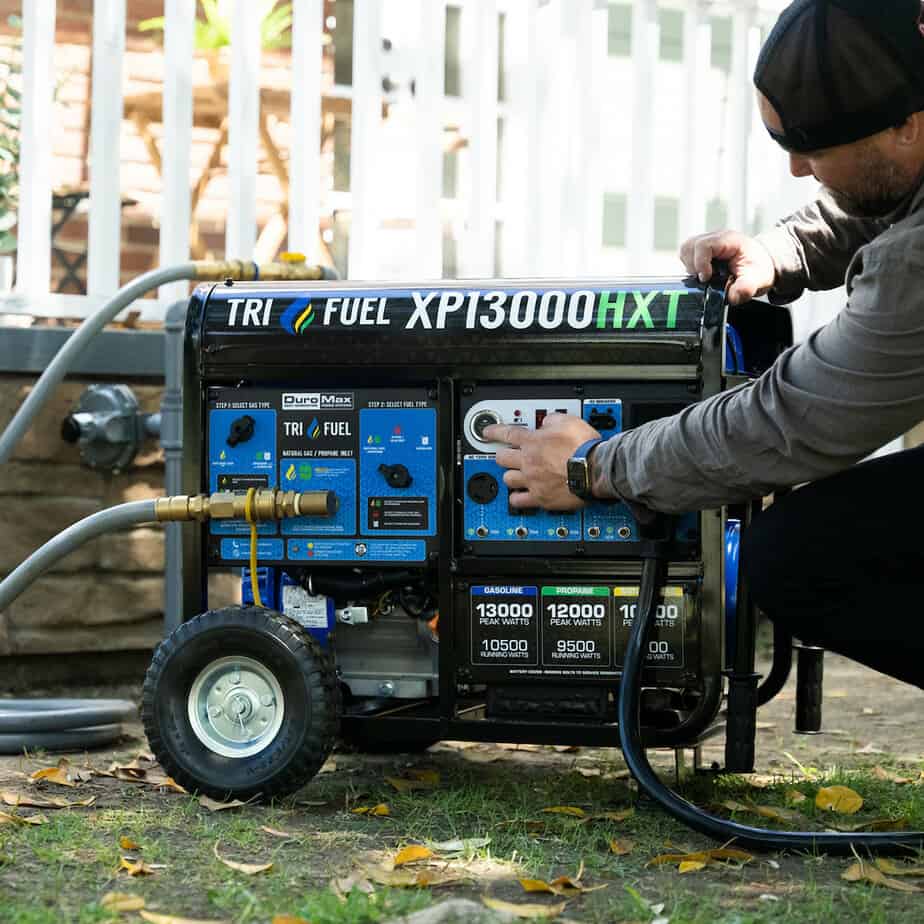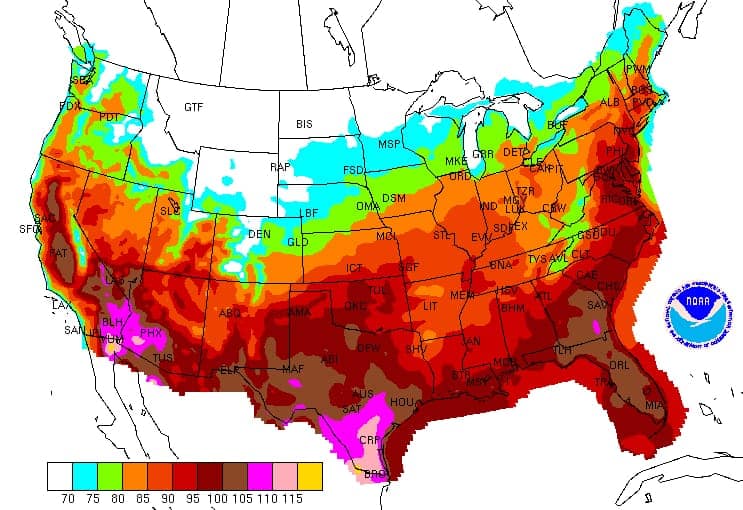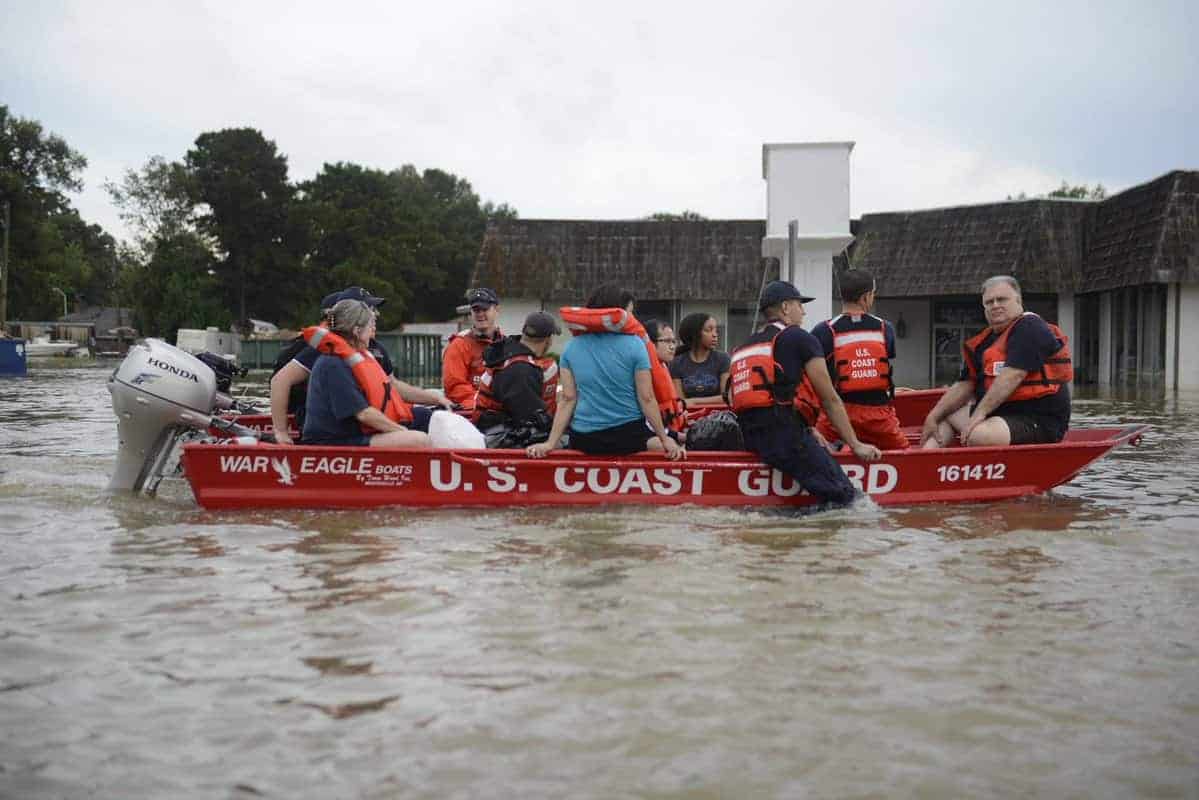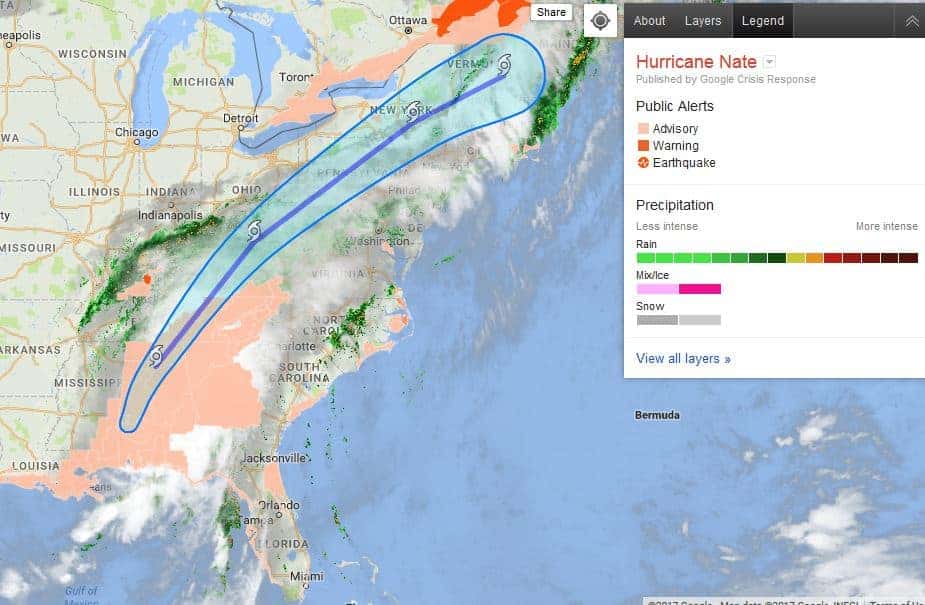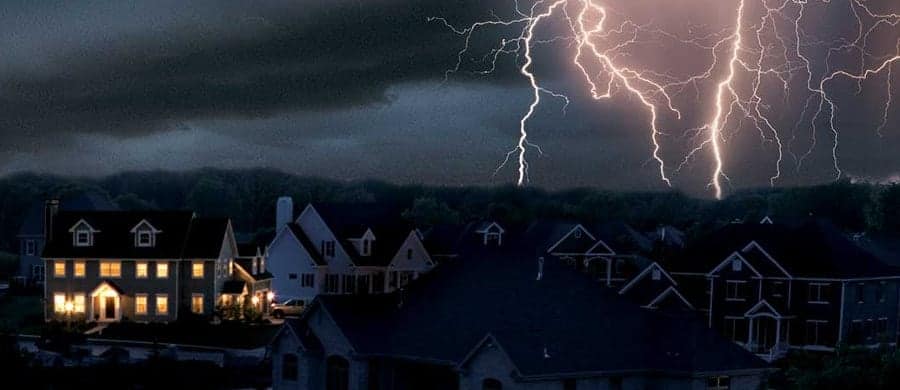All the potential hurricane hazards including catastrophic destruction in a single image. Prepare Before a Hurricane Heads Your Way. NOAA NWS Hurricane Preparedness Week 2022 Image
Don’t Wait for A Hurricane To Get Ready for Hurricane Season
The Atlantic Hurricane Season officially starts June 1. As we’ve seen in the past, hurricanes and tropical cyclones can form at any time throughout the year, including January (Hurricane Alex, January 2016). The Hurricane Season affects the entire Atlantic Basin, the East Coast, the Gulf of Mexico, and the islands throughout the Caribbean Sea.
Tropical Cyclones include four closely related storms—major hurricanes, hurricanes, tropical storms, and tropical depressions. The National Hurricane Center names cyclones when they reach tropical storm status. The names are retained until the system dissipates entirely or another system absorbs them.
Following two relatively quiet years, 2016 ended as an above average season and 2017 turned deadly with devastating storms including Hurricane Maria that ravaged the Caribbean, the Gulf Coast, and East Coast. 2018 ended another above average year with more devastating storms. The El Niño Southern Oscillation or ENSO is a cycle of changing Eastern Pacific sea temperatures and atmospheric conditions widely known as El Niño and La Niña. ENSO affects the Atlantic Basin and is a major indicator of Atlantic tropical cyclone activity.
ENSO has trended toward La Niña since 2020. Forecasters predict another above average season for 2022.
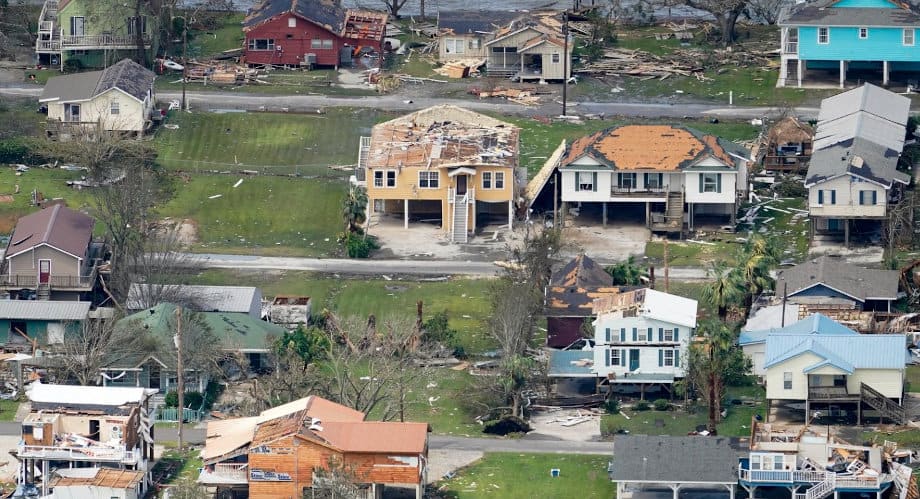
Hurricane Preparedness
People look at the years of light activity or when the last hurricane affected their community and tend to base their preparedness on those seasons. It Only Takes One hurricane or tropical storm to make landfall near your home to make it an active season for you and your family, regardless of when the last hurricane came your way.
In 2022, six years of above average activity include the record setting 2020 season, the third most active season in history (2021), and the hyperactive 2017 season with one strong hurricane after anothe. Forecasters predict 2022 will be an above average hurricane season. However, long range outlooks and forecasts are just that. Outlooks. Too many factors and variables looking months ahead make it impossible to accurately predict the actual number and timing of hurricanes and tropical storms.
The 2020 hurricane season reminded us that long range forecasts don’t accurately predict the activity. Initial outlooks and forecasts looked at an average to slightly above average season. Byt the time the season started, forecasters were just beginning to raise their expectations for a stronger than usual season. Even the mid season updated in August, after a record number of early storms, forecasters fell short by at least 10 storms.
The National Hurricane Center reminds everyone. It only takes one. Just one hurricane that makes landfall is all it takes to destroy your home and threaten the lives your family. It makes sense to plan and prepare before a tropical cyclone threatens your area.
Hurricane Preparedness
- Hurricane Hazards and Risk Factors
- Make a Hurricane Evacuation Plan
- Hurricane Preparedness Kits and Supplies
- Hurricane Insurance Checkup and Updates
- Prepare Your Home for Hurricanes
- Help Neighbors with Hurricane Preparedness
- Complete Your Hurricane Preparedness Plan
- Emergency Preparedness Tips
- How to Prepare for a Power Outage
- 10 Tips to Survive a Hurricane Disaster
- FEMA Recommends a Generator
- Hurricane Disaster Preparedness
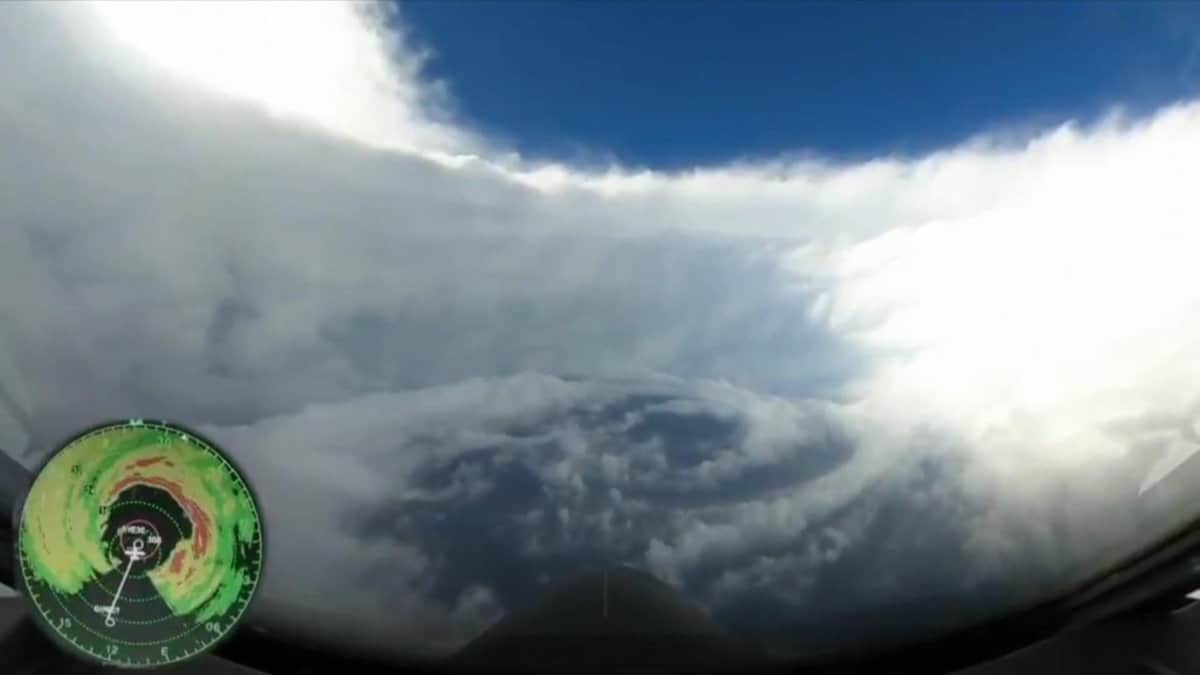
The view from a Hurricane Hunter Aircraft as it enters the eye of Hurricane Epsilon in 2022. NHC Photograph.
Primary Risks
Primary risks from hurricanes include extreme winds, storm surge with coastal flooding, inland flooding, and inland tornadoes spawned by the cyclone. Extreme winds make the most headlines with meteorologists leaning into the wind as pieces of debris fly by. Storm surge and inland flooding take more lives and damage more property. Tropical storms can drop extraordinary amounts of rain in a very short time and overwhelm storm systems, levees, and flood cities.
Know your risks and have a plan. Every area along the coast and inland from the coast has a set of risks and dangers. Plan head so that when a tropical cyclone threatens, you know what to do and where to go. Your advance preparations become things you won’t have to worry about while others scramble for limited local supplies. If you’re just outside evacuation areas or far enough inland to avoid a direct hit, there are still preparations to make for your home and supplies to gather for your family. Know where to get trusted information when a storm threatens. After your plan is in place, discuss it with your family and take as much preliminary action as possible.
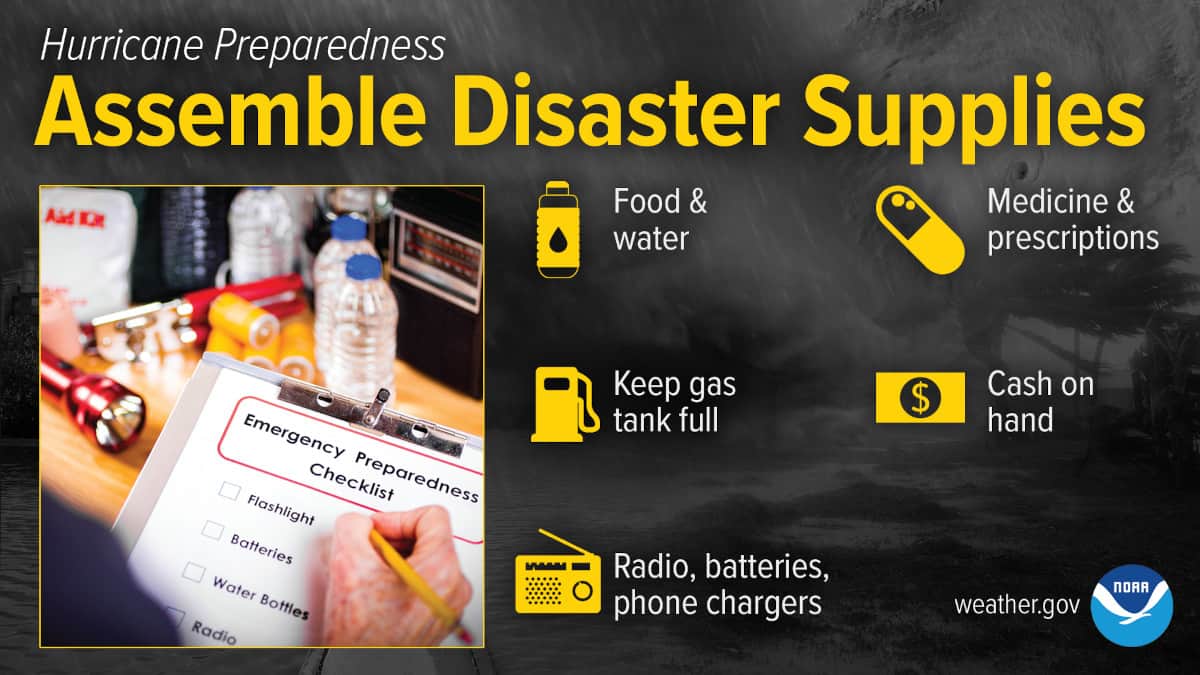
Secondary Risks
Beyond the primary risks of Storm Surge, Inland Flooding, and Extreme Winds or Tornadoes, secondary risks associated with hurricanes and tropical storms represent the loss of basic necessities and the inability to obtain them. Stories of 16-ounce bottles of water selling for $5.00 are not uncommon, but there are other needs as well.
Within the landfall area and extending far out from the eye, the loss of electrical power is a near certainty. After Hurricane Sandy in 2012, some areas were left without power for weeks and in a few cases, more than a month. Too often, people focus on the cone and storm path without realizing the graphic presented doesn’t show the true width and breadth of the storm. Hurricanes affect hundreds of miles of coastline and travel miles inland before subsiding. Hurricane Sandy reached all the way to Lake Michigan.
Flooding contaminates municipal water supplies and renders them unsafe for drinking. Even after boiling, chemical pollutants can linger for weeks. Local food supplies will run out as people buy as much as possible just before the storm. After the storm, road conditions and flooding may make food deliveries difficult in the aftermath. Gasoline supplies will run short and like food, delivering more takes time.
Each of these secondary risk factors are reasons to keep an extended supply of basic necessities on hand at all times.
Prepare Basic Needs in Advance
Remember that within hours of a storm-path announcement, supplies at local hardware stores, grocery stores, and home centers will dwindle quickly. Prepare ahead to meet your basic needs. Make a complete list of supplies to gather before a storm threatens and store them for use before and after the storm.
A standby generator or portable generator can provide electrical power during an outage. Standby generators can operate for weeks with just maintenance as long as natural gas supplies are present, or the LP tank is full. Portable generators also need regular maintenance and a steady supply of gasoline but are often lifesavers when the power goes out. Preparing ahead for a portable generator means storing gasoline or propane and having a safe connection to your home that doesn’t rely on homemade power cords or numerous extension cords.
Store enough water for at least one gallon per day for each person in containers that are accessible and easy to manage. Stock enough canned foods and meats for everyone. A minimum one-week supply of food and water is recommended. A month is much better and you won’t worry about rationing it.
How to Use a Portable Generator for Home Backup
For each window and door on the home, purchase a piece of 3/4-inch plywood, cut it to size and drill screw holes every 12-18 inches around the perimeter to screw it into the house frame with heavy wood screws.
In addition to fuel for generators, store fuel for use in vehicles as well and use a recommended stabilizer. If a storm is on the horizon, fill vehicles and keep them filled.
Emergency Preparedness
Shortly after the first predicted storm tracks are made public, take advantage of your advance preparations. Check your supplies to make certain you have everything. Verify water and food supplies. Prepare your home for high winds. Move anything that is outside and isn’t anchored down indoors.
If you live in an area where evacuation is likely, don’t wait for the orders. Leave in advance and you won’t be stuck in traffic hoping to get out before the storm arrives.
Those who stay home should finalize their preparations for the storm’s arrival. Check generator maintenance supplies. Make sure you have enough spark plugs, oil, fuel, air, and oil filters on hand for several changes. If your generator runs on propane, make sure the tank is full. Portable owners should increase gasoline supplies to last for at least a week.
Top off water supplies and store as much as possible. Move water and food supplies to areas of the home unlikely to flood.
Listen to radio and television broadcasts for news on the upcoming storm. Have your weather radio at hand for updates.
Discuss the coming storm with your family, including young children, so that everyone knows what to expect. Advance preparation and finalizing preparations just before the storm will make everyone calmer and make the difficult days following the storm easier.

